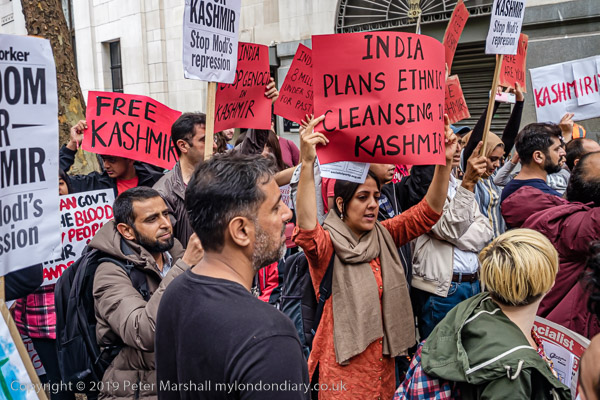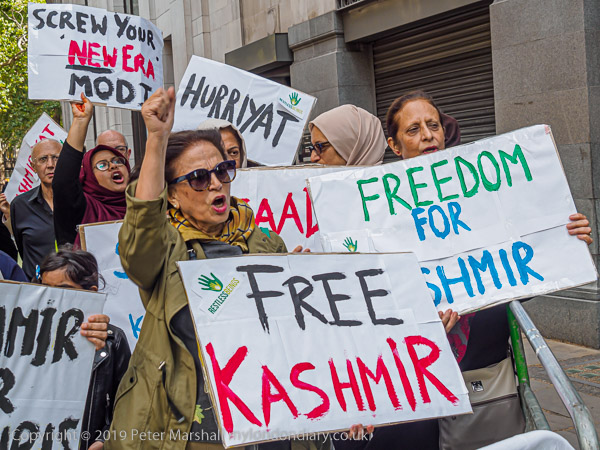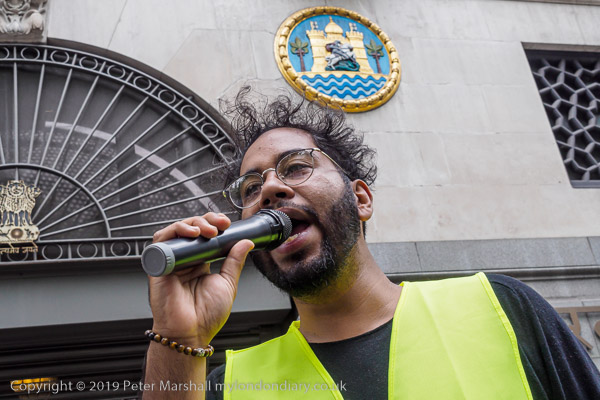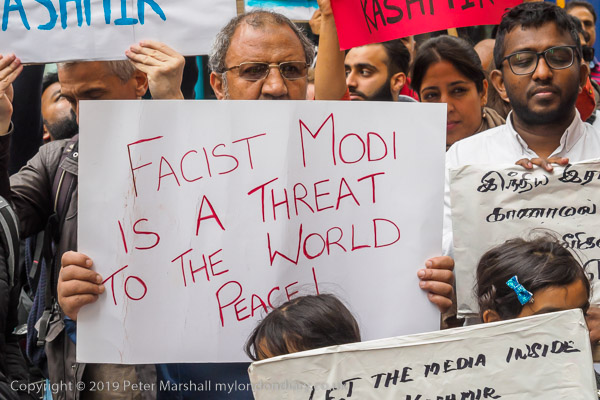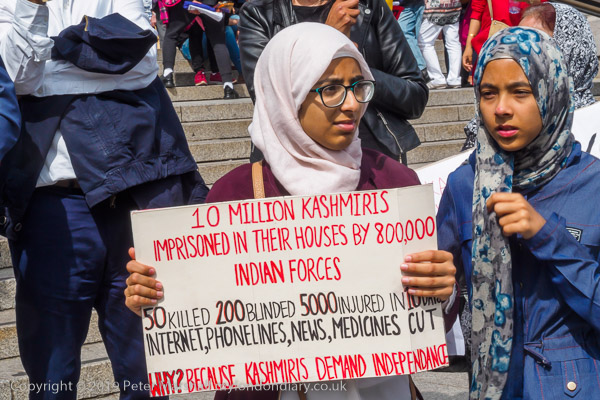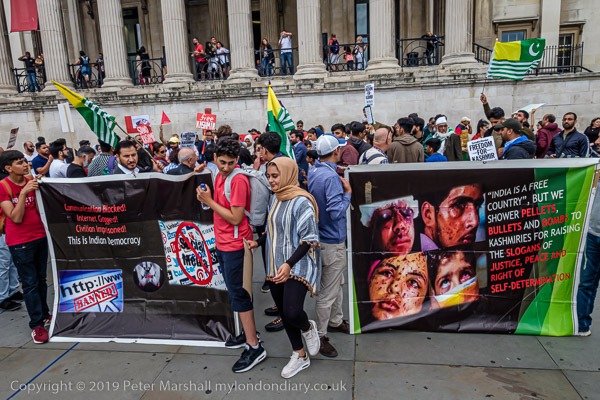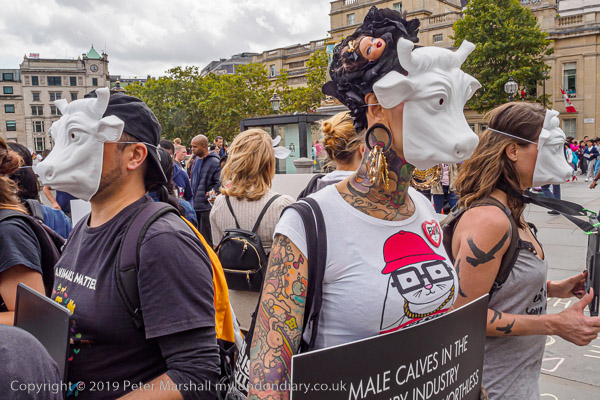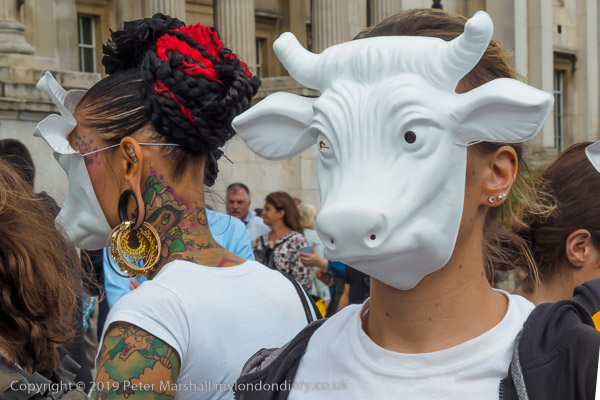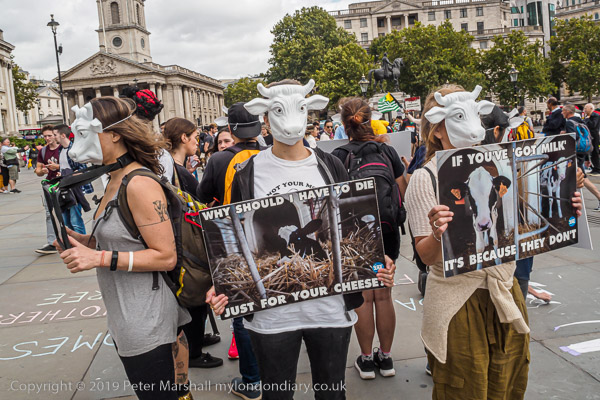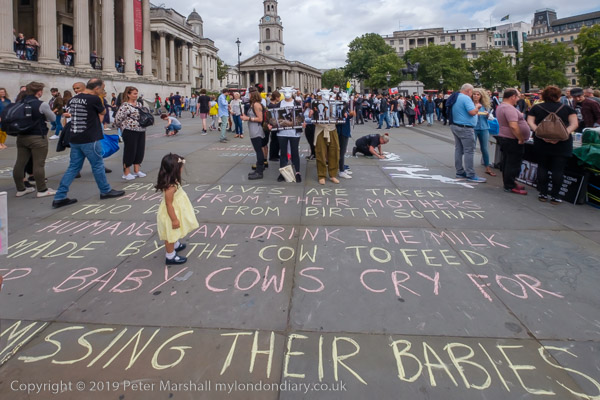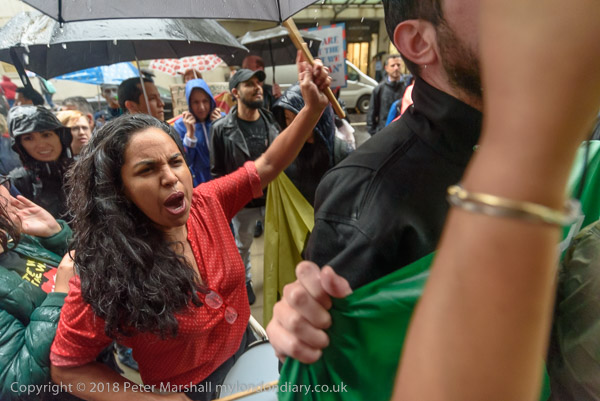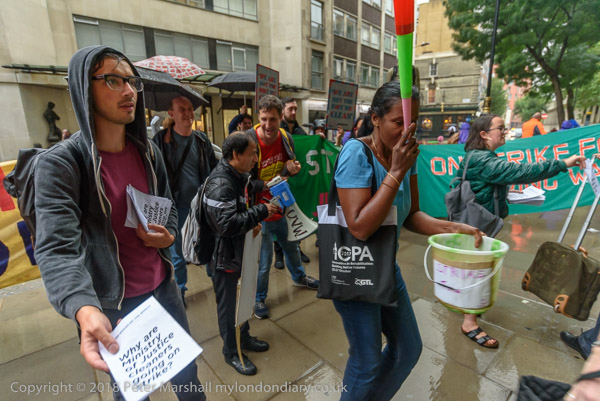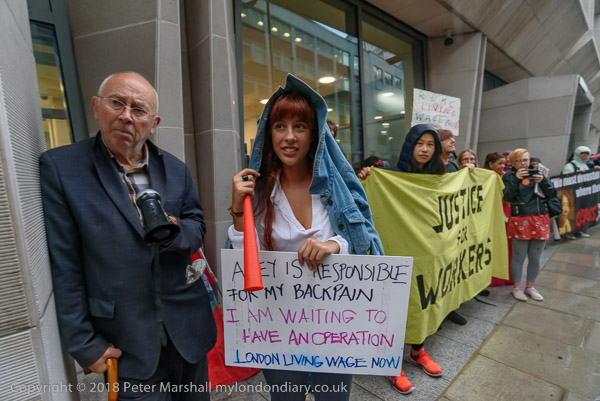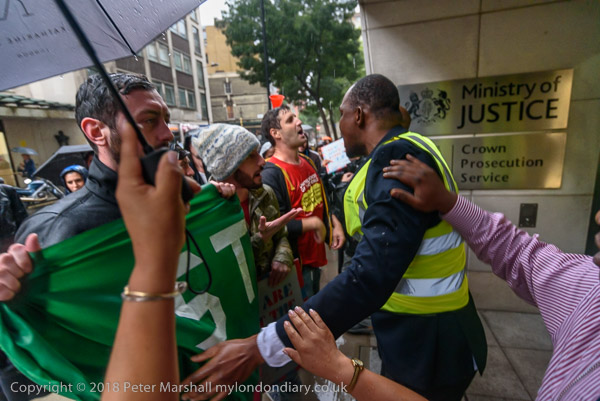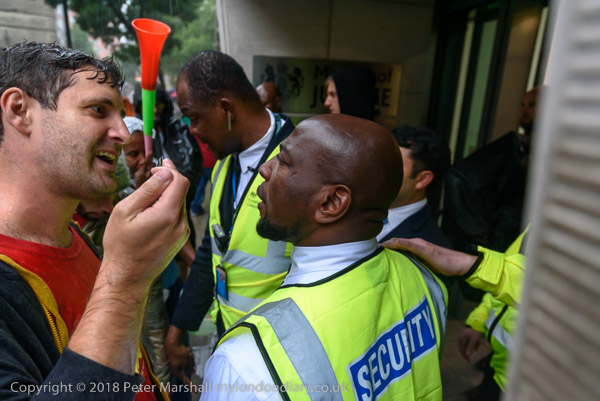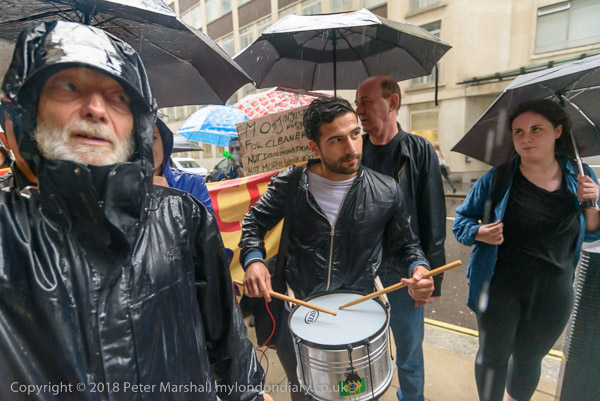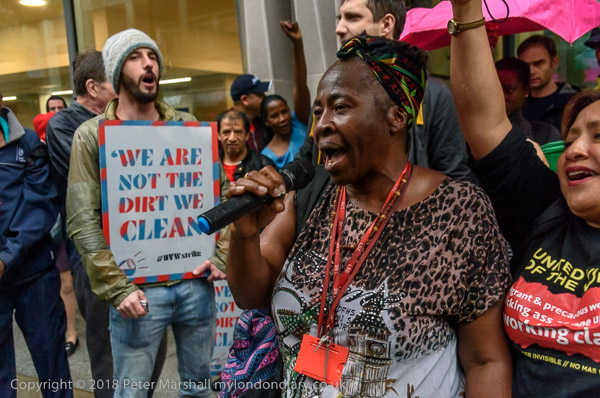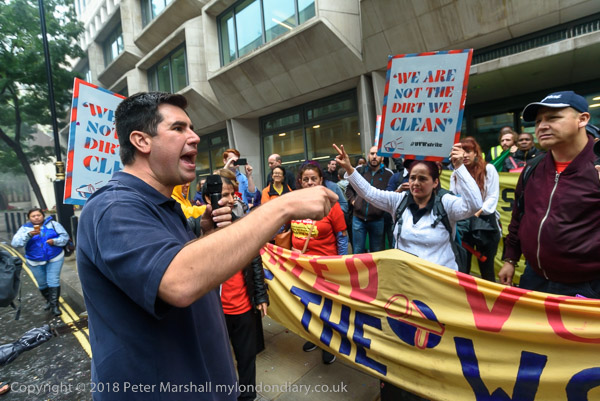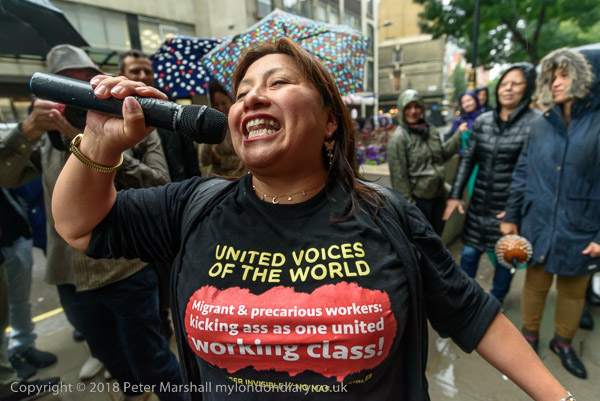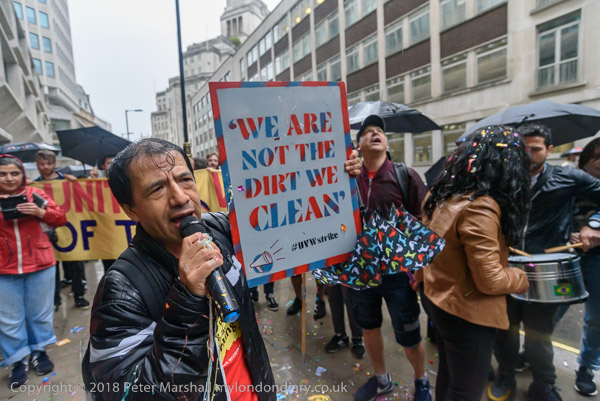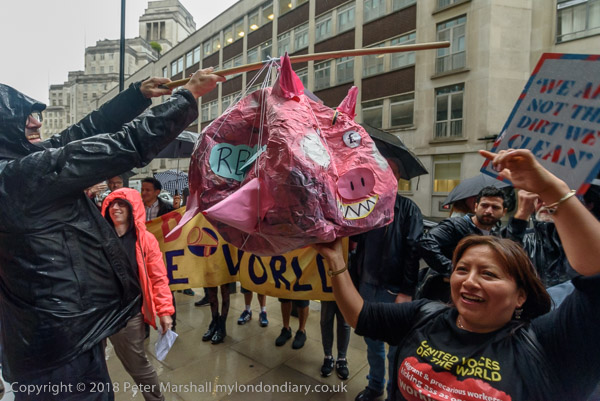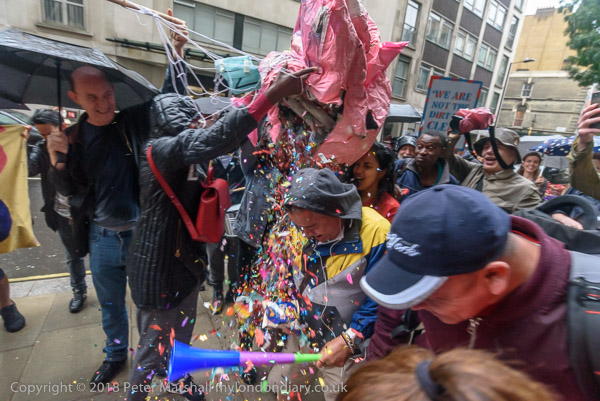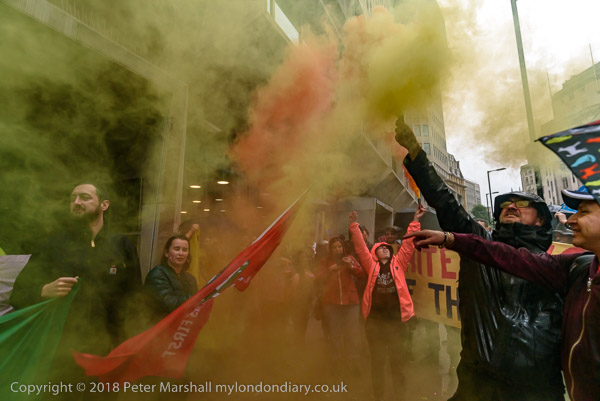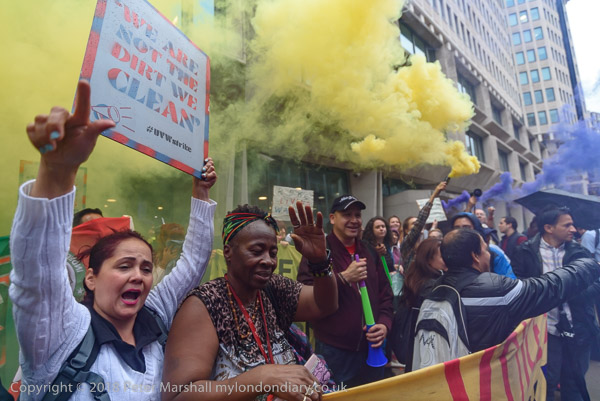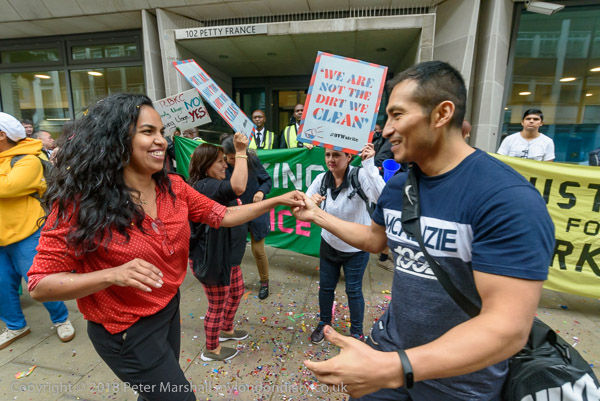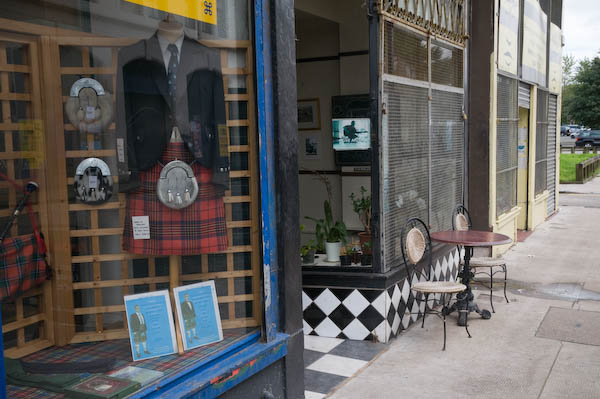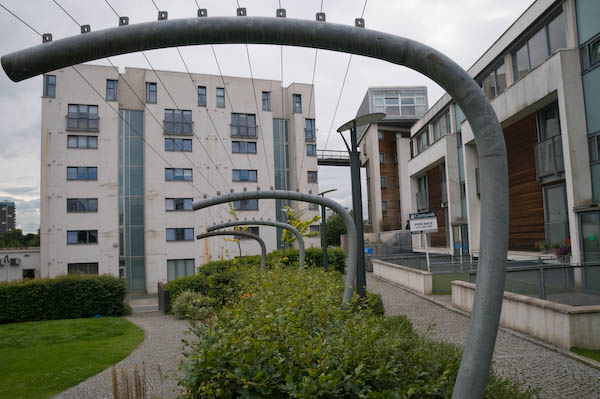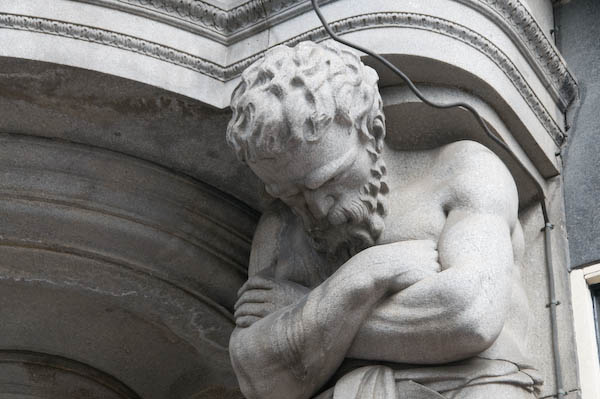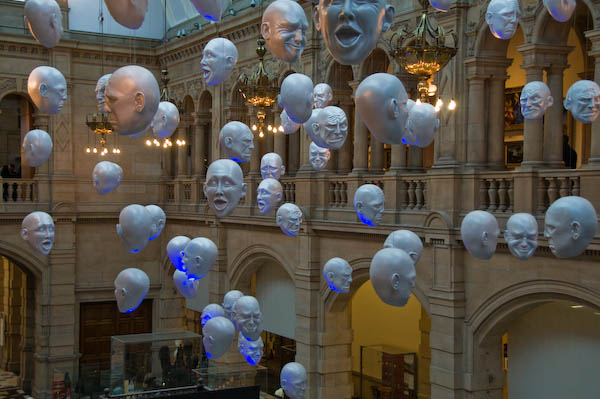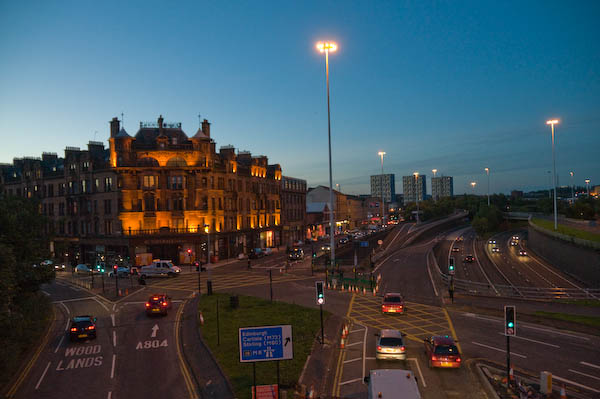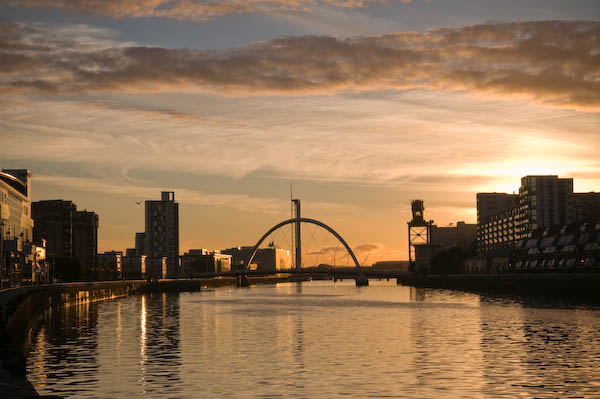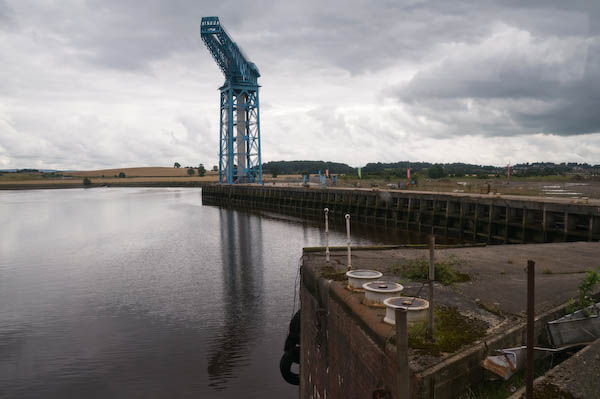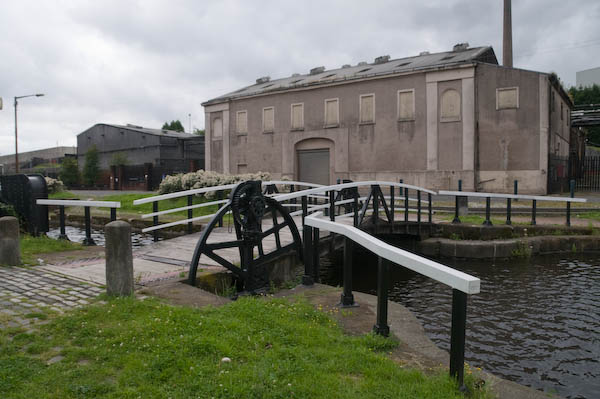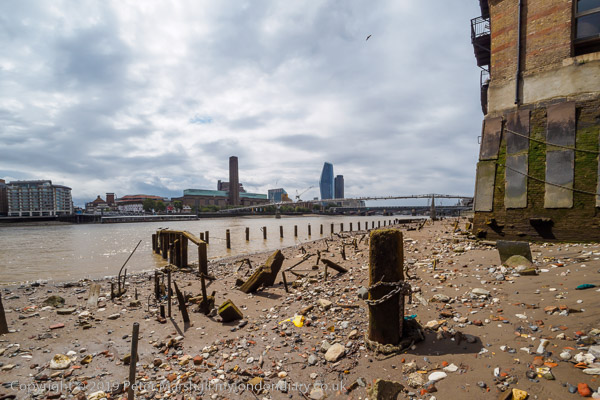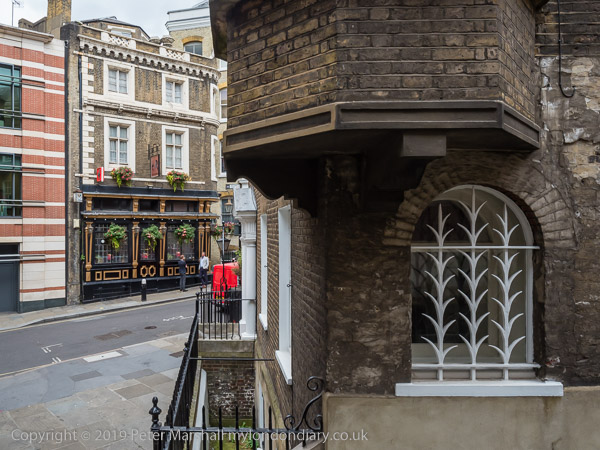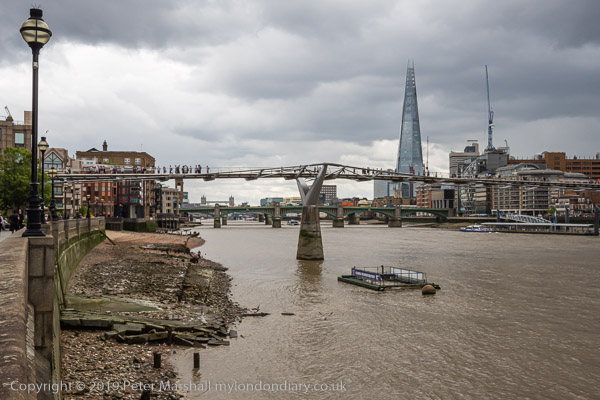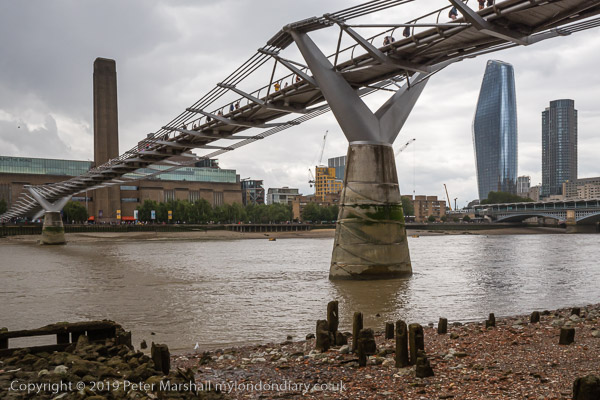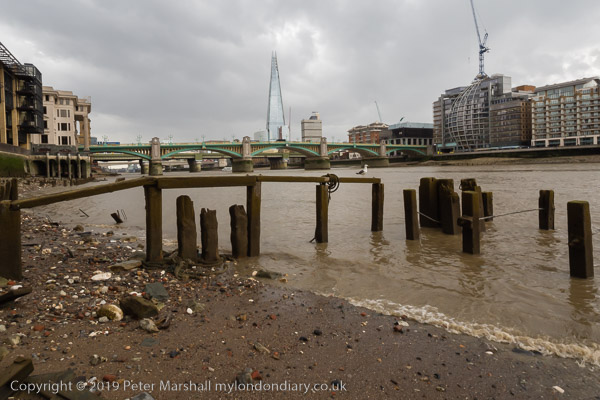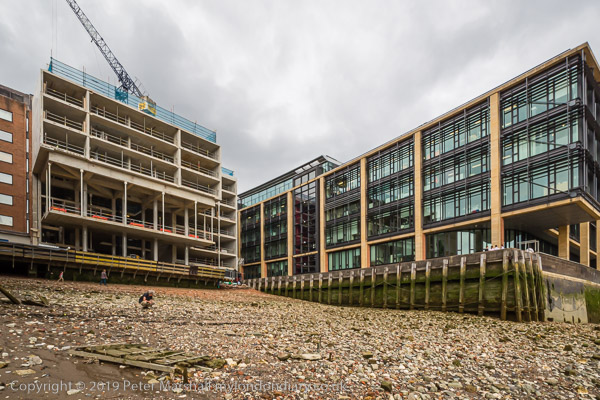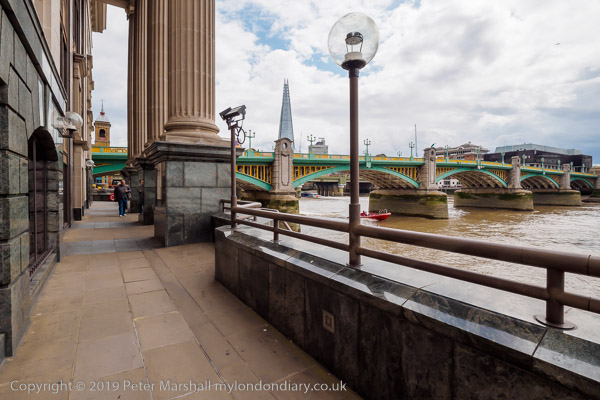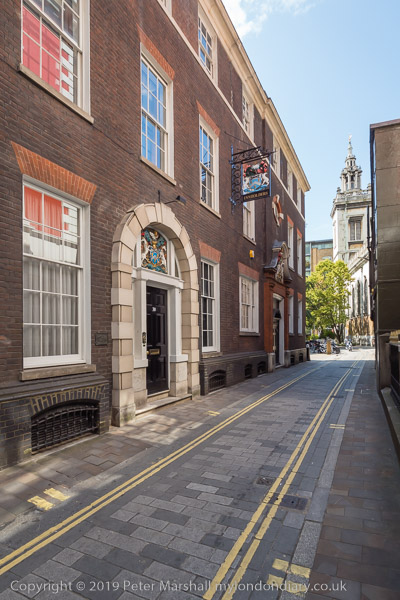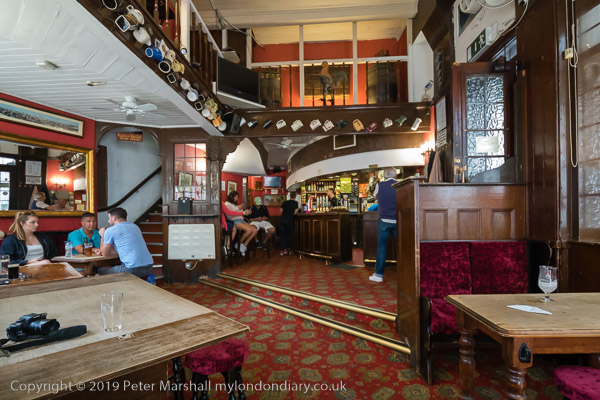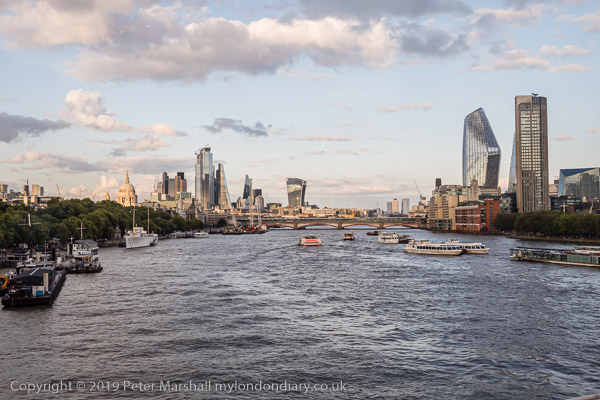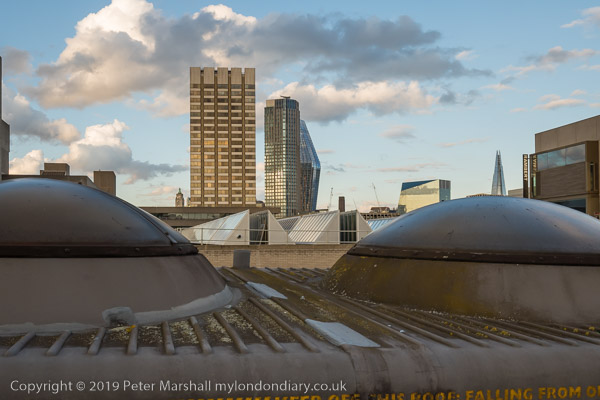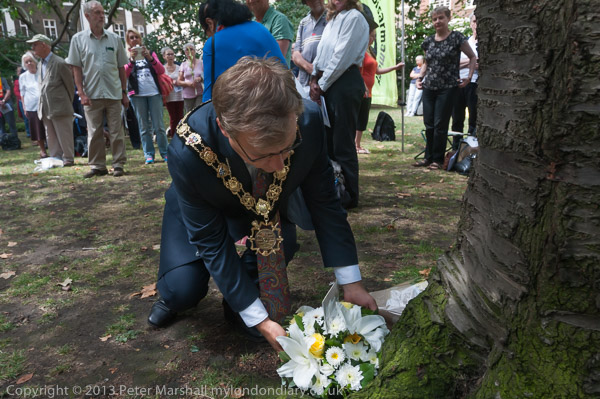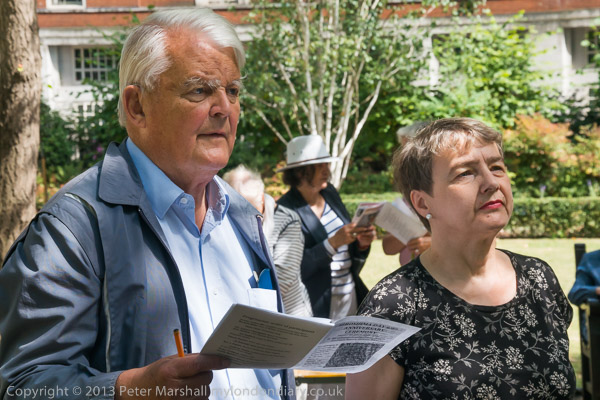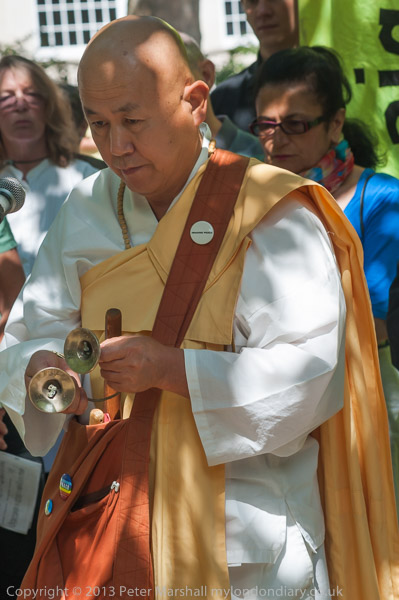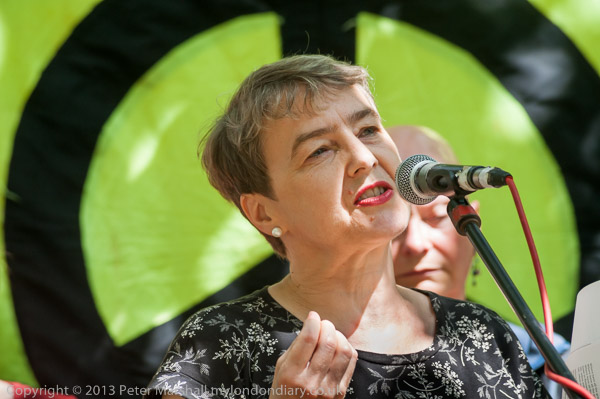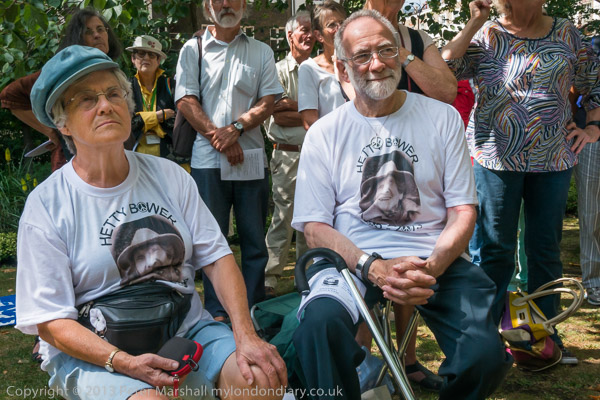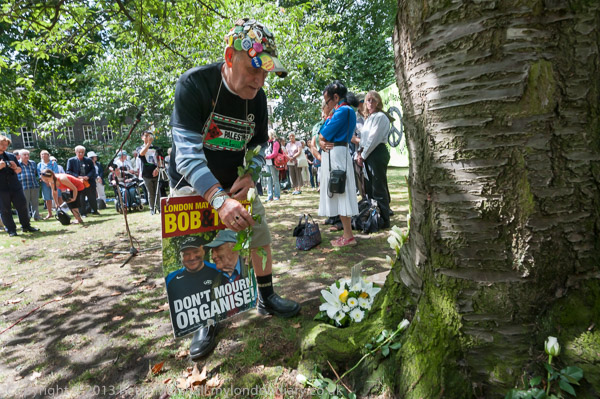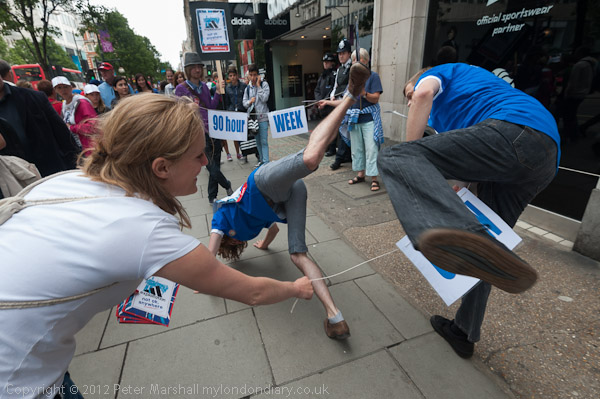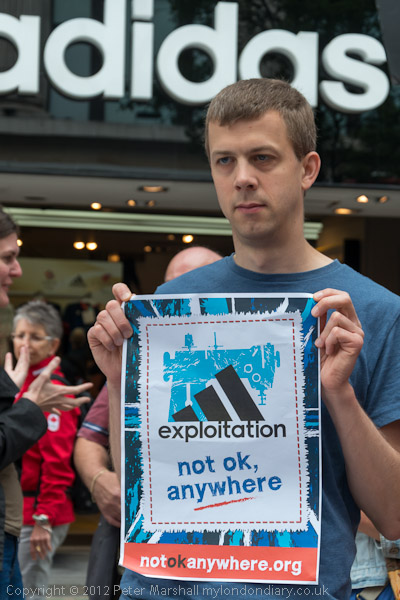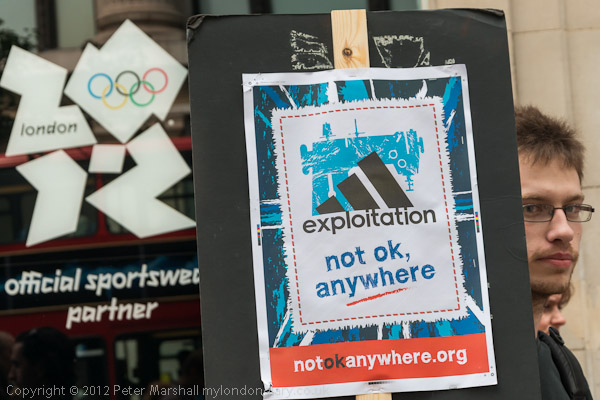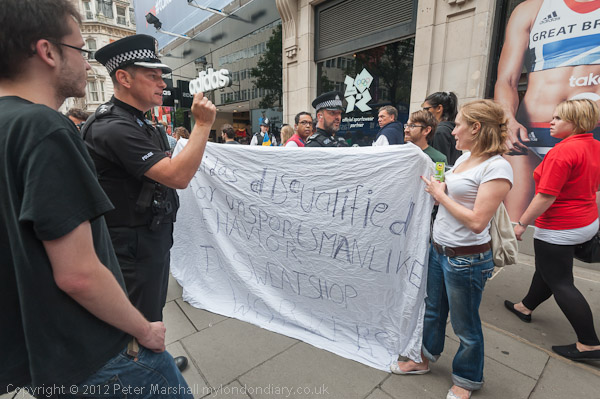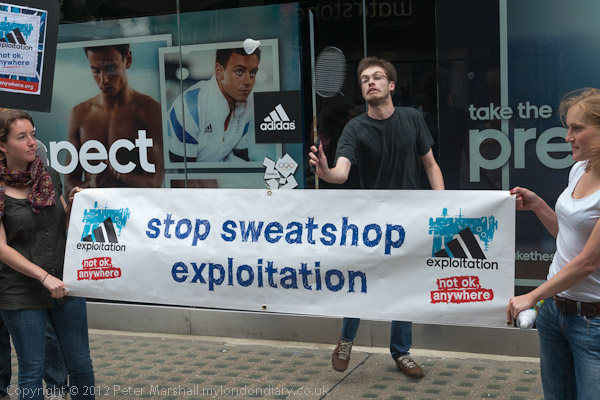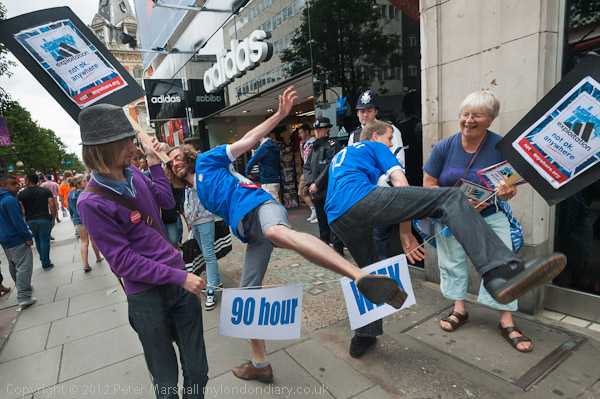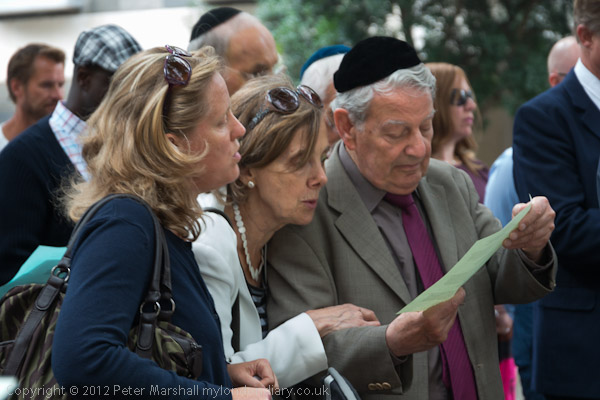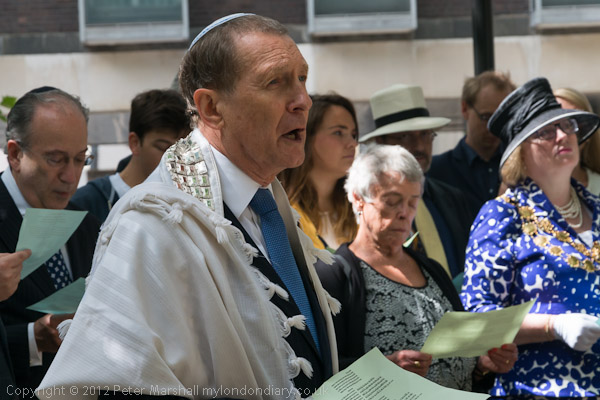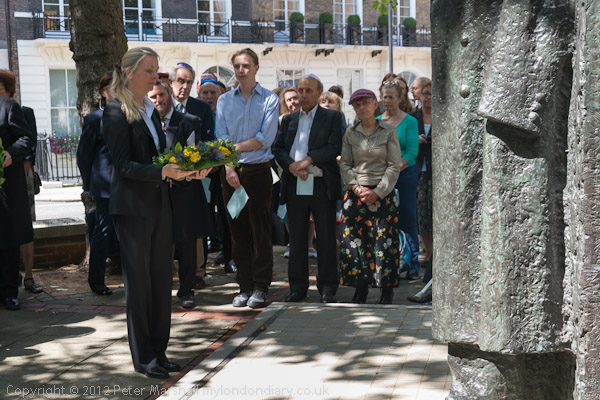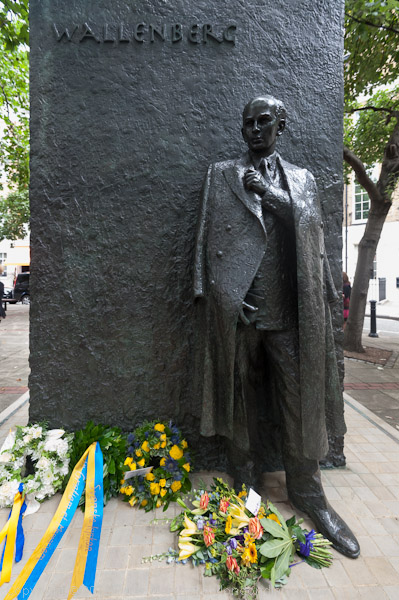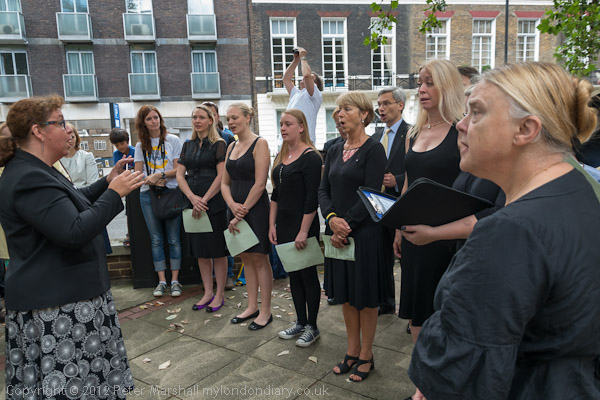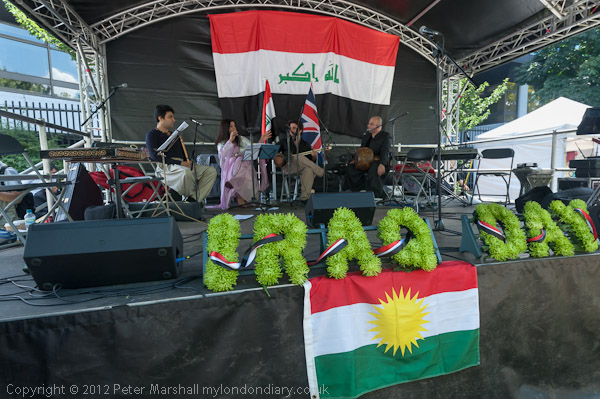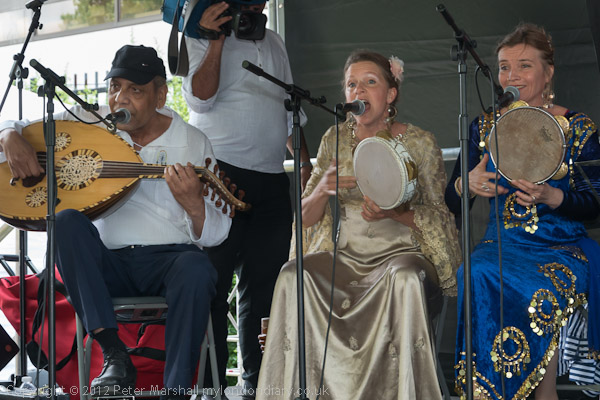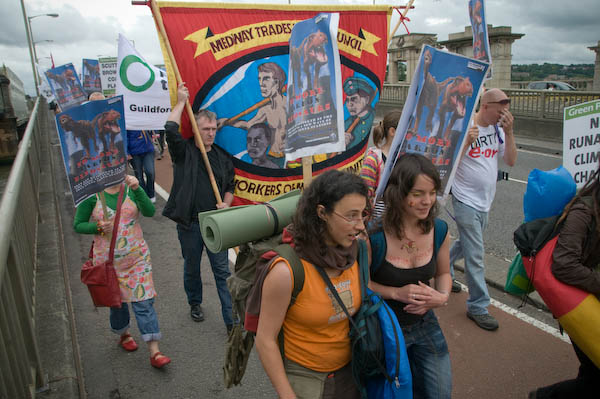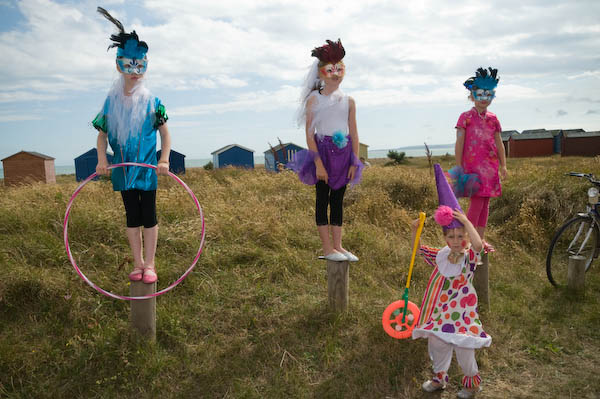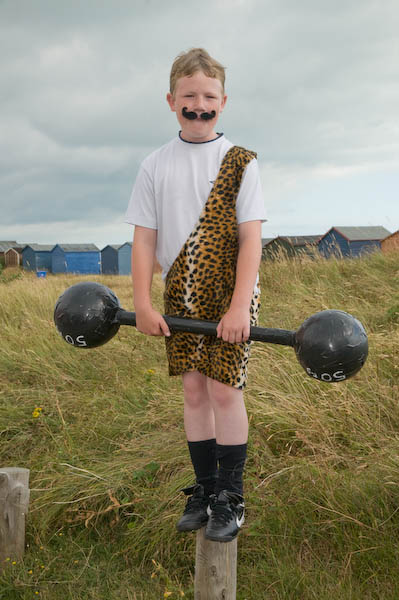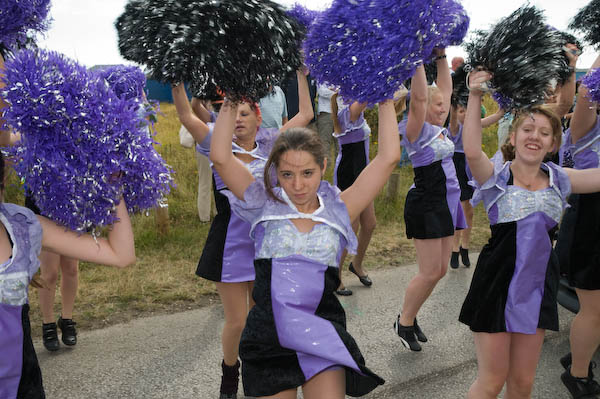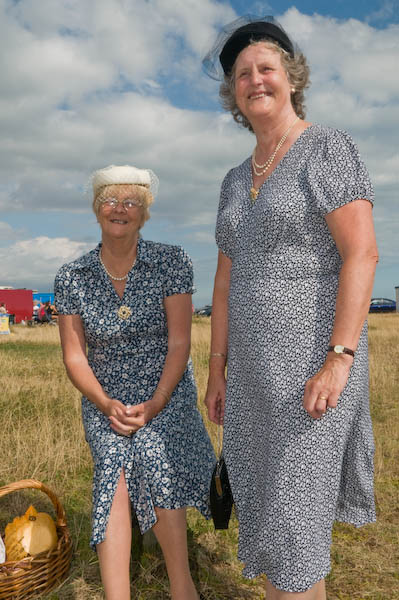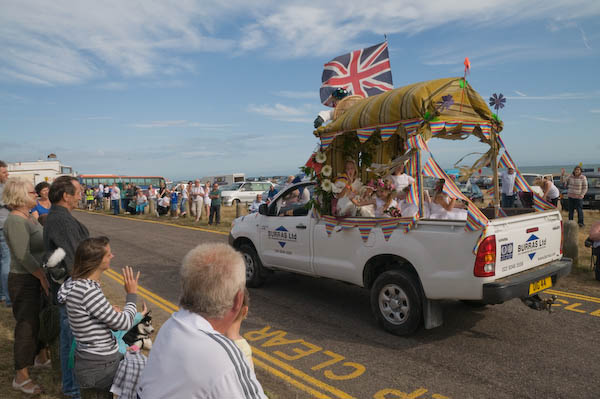Seven Sisters Road: on Sunday 1st October 1989 I took the Victoria Line tube to Finsbury Park (a couple of pictures here) and walked through the park to its most easterly corner, the junction between Green Lanes and Seven Sisters Road at Manor House.
A view from beside the wall to Finsbury Park by the gate. This area was know as Woodberry Down before the Manor House Tavern was first built here on 1830-4 at the crossroads with Green Lanes, a turnpike or toll road, after a 1829 Act of Parliament had allowed the building of Seven Sisters Road.
Local builder Thomas Widdows had owned and lived in a cottage on the site and saw a business opportunity, though it is unclear why it was given the name Manor House – probably because it sounded posh.
It opened as a ‘public house and tea-gardens’ in 1834 and its first landlord advertised it, writing “The Grounds adjoining are admirably calculated for Cricket, Trap-ball, or any other amusement requiring space. There is likewise a large Garden and Bowling green, good Stabling, lock-up Coach-houses, &c. Dinners for Public and Private Parties.
The original pub was demolished in 1930 when the road was widened and the Piccadilly line Manor House station built here, and replaced by this attractive Flemish style building with just a hint of Art Deco. The pub and tube station led to the area becoming known as Manor House, with the name Woodberry Down being revived for the large post-war housing estate built a little to the east by the LCC from 1948-62.
You can learn more about its interesting history and varying clientele – including its time as a major Blues venue in the 1960s – in the Wikipedia article cited. The pub closed around 2000 and its ground floor became a supermarket in 2004.
Finsbury Park was a rather run-down area in 1989 and some friends were worried about my safety as I walked around the area carrying a bag full of expensive camera equipment, but I had no problems. People were friendly though sometimes clearly thought I was mad to be taking photographs of their streets and shops.
At left is KYPRIAKON KAFENEION, shown more clearly in my next picture. Between the shops are decorated pillars and above them rather odd decorated stone balls. I think the shops were probably added a few years later to the mid-Victorian houses behind.
You can still see this row of shops on Seven Sisters Road, in the parade between Yonge Park and Medina Road*, and I think this Cypriot cafe is now a dentists. In 1989 there were many Cypriot businesses in the area, but the area is now more diverse and has a large Muslim community. None of the businesses in my previous picture are still present.
* I have now decided that these shops are those at 218-230 Seven Sisters Road which can clearly be seen in a photograph I took later on this walk. They were very similar to those further down the street but have been more altered since 1989, and some demolished.
Sisters Gowns, a few yards down Coleridge Road was also clearly a Cypriot business, and one of many clothing manufacturers in the area, which has now become one of London’s most vibrant fashion areas, particularly around nearby Fonthill Road.
This doorway could still be seen iin a derelict building n 2008, but the whole corner site was demolished soon after, although the site was still empty in 2022.
I think this busts and bodies were for wale along with other pieces of equipment for use in shop displays, but it looked to me like some kind of kinky torture chamber. Though shopping for clothes is often a torture, particularly when accompanying others who are looking for them. I’m not sure what the football is doing here.
An extremely motley assortment of buildings from different periods, including BANGS, established in 1907, but I think the frontage at least is from the 1930s.
Rather to my surprise, these buildings are still there, though the shops have changed and below BANGS rather than JANE CAST LTD is now a Tesco. Even the building at the right of the row which appeared in my photograph to have no visible support is still there as well as the pub surrounded by scaffolding have survived. The Eaglet, built in 1869, was apparently badly damaged by a Zeppelin in 1917 but recovered and is still open.
Built in 1938 as North London Drapery Store this Art Deco store was damaged in the war. In 1989 it was used by a variety of businesses including London International College. It has recently been converted to provide 118 expensive flats, with shops on the ground floor.
According to ‘Streets With A Story‘, “Robert Enkel from 1830-49 owned property and
occupied the nursery until 1834 when Cornelius Crastin and his family took over and continued as nurserymen until at least 1890. The street name disappears by 1975.” Enkel’s family came from Holland and his name was given to the street which dated from around 1875-6. As you can see the street name was actually still there in 1989.
There is still an Enkel Arms pub a few yards away on Seven Sisters Roadm but Enkel Street disappeared with the development of the Nags Head Shopping Centre in 1992. And there is a Nags Head Market indoors at 22 Seven Sisters Road, apparently since 1975.
More to come from Seven Sisters Road.
Flickr – Facebook – My London Diary – Hull Photos – Lea Valley – Paris
London’s Industrial Heritage – London Photos
All photographs on this page are copyright © Peter Marshall.
Contact me to buy prints or licence to reproduce.








